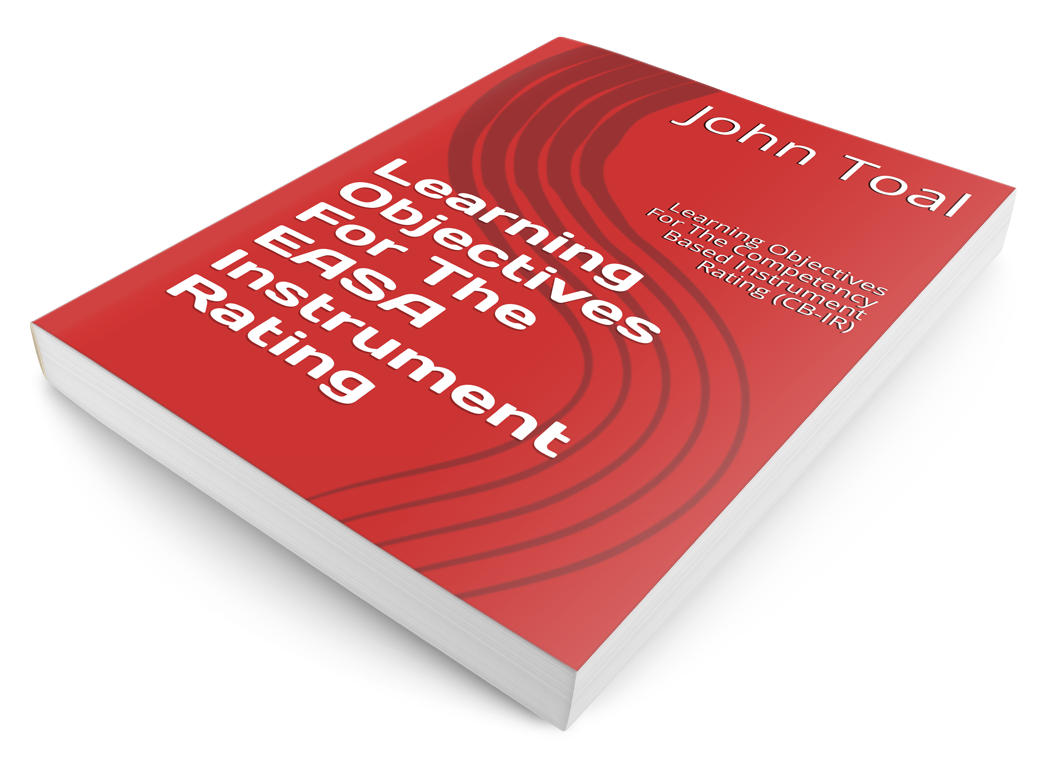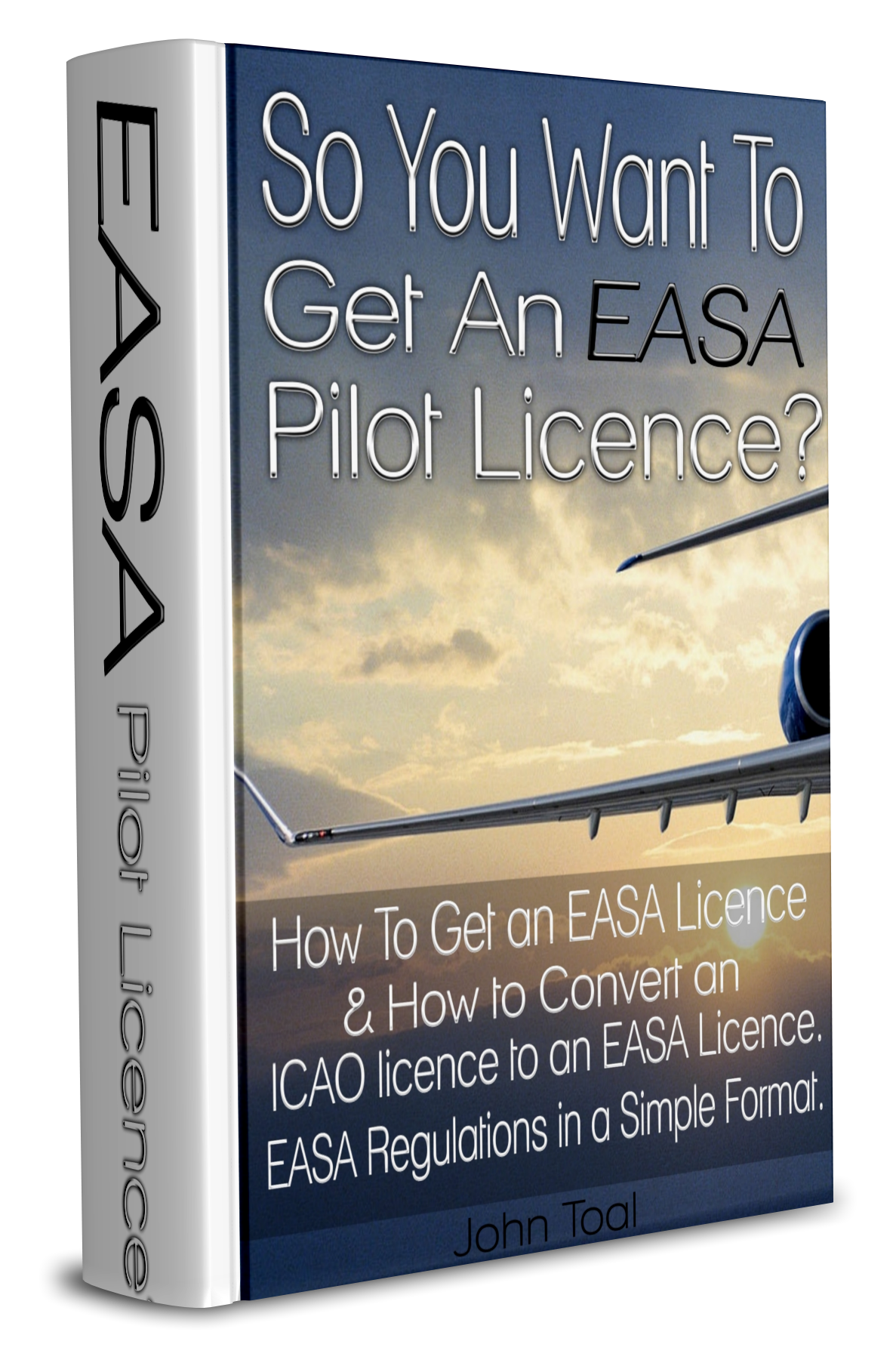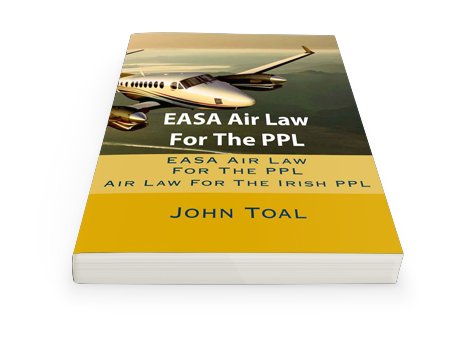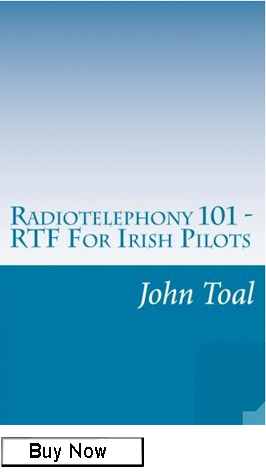Dangerous Goods
(Reviewed on 7th January 2021)
Introduction
As pilots we take passengers with us on flights whether for business or for pleasure. But when is the last time you asked them what was in their bags? Do you know what amount of alcohol is permitted on board. Does it have to be kept in the luggage compartment or can it be carried in the cabin? How many hair straighteners can be taken on board? Etc.
These are questions we should be looking at as ultimately, we are the ones responsible for the safety of the flight.
I have compiled a table using information from IATA which may be useful to you as a reference.
Dangerous Goods Definition
According to the International Air Transport Association (IATA), dangerous goods are articles or substances which are capable of posing a risk to health, safety, property or the environment and which are shown in the list of dangerous foods in the regulation or which are classified according to the regulations.
Dangerous Goods General
Some dangerous goods are too dangerous to be carried by aircraft, others may be carried on cargo aircraft only and some are acceptable on both cargo and passenger aircraft. A number of limitations are placed on dangerous foods which are permitted to be transported by air. These limitations are established by the regulations but your country may impose extra regulations.
Dangerous Goods Forbidden In Aircraft Under Any Circumstances
Any article or substance which is liable to explode, dangerously react, produce a flame or dangerous evolution of heat or dangerous emission of toxic, corrosive or flammable gases or vapours under conditions normally encountered in transport must not be carried in aircraft under any circumstances.
Dangerous Goods Forbidden Unless Exempted
The dangerous goods described in paragraphs (1) to (5) must not be carried in aircraft unless exempted by the particular country you are flying in.
- Radioactive material which is:
- In vented type packages
- In packages which require external cooling
- In packages subject to operational controls during transport
- Explosive
- A pyrophoric liquid
- Unless otherwise provided, articles and substances with a UN number which are identified in the “List of Dangerous Goods” as being forbidden
- Infected live animals
- Liquids having a vapour inhalation toxicity which requires special packaging
- Substances that are offered for transport in a liquid state at temperatures equal to or exceeding 100 degrees Celsius or in a solid state in temperatures equal to or exceeding 240 degrees Celsius
- Any other articles or substances as specified by the country you are flying in
|
Type of dangerous good |
|||||
|
The pilot-in-command must be informed of the location… |
|||||
|
The approval of the operator is required… |
|||||
|
Permitted on ones person… |
|||||
|
Permitted as checked in baggage… |
|||||
|
Permitted as carry on baggage… |
|||||
| Disabling devices such as mace, pepper spray, etc. containing an irritant or incapacitating substance are prohibited on the person, in checked and carry-on baggage. | X | X | X | – | – |
| Electro shock weapons (e.g. Tasers) containing dangerous goods such as explosives, compressed gases, lithium batteries, etc. are forbidden in carry-on baggage or checked baggage or on the person. | X | X | X | – | – |
| Security-type attaché cases, cash boxes, cash bags , etc. incorporating dangerous goods, such as lithium batteries and/or pyrotechnic material, are totally forbidden. | X | X | X | – | – |
| Ammunition (cartridges for weapons), securely packaged (in Div. 1.4S, UN 0012 or UN 0014 only), in quantities not exceeding 5 kg (11 lb) gross weight per person for that person’s own use, excluding ammunition with explosive or incendiary projectiles. Allowances for more than one passenger must not be combined into one or more packages. | X | √ | X | √ | X |
| Camping stoves and fuel containers that have contained a flammable liquid fuel, with empty fuel tank and/or fuel container. | X | √ | X | √ | X |
| Battery-powered wheelchairs or other similar mobility devices with non-spillable batteries which comply with Packing Instruction 872 or Special Provision A67, provided the battery terminals are protected from short circuits, e.g. by being enclosed in a battery container, and the battery is securely attached to the wheelchair or mobility aid. | X | √ | X | √ | X |
| Battery-powered wheelchairs or other mobility devices with spillable batteries or with lithium batteries. | X | √ | X | √ | √ |
| Mercury barometer or thermometer carried by a representative of a government weather bureau or similar official agency. | √ | X | X | √ | √ |
| Lithium ion batteries with a Watt-hour rating exceeding 100 Wh but not exceeding 160 Wh for portable electronic devices. No more than two spare batteries may be carried in carry-on baggage only. These batteries must be individually protected to prevent short circuits. Equipment containing such batteries may be in checked or carry-on baggage. | √ | X | √ | √ | X |
| Avalanche rescue backpack, one (1) per passenger, equipped with a pyrotechnic trigger mechanism containing less than 200mg net of Division 1.4S and less than 250 mg of compressed gas in Division 2.2. The backpack must be packed in such a manner that it cannot be accidentally activated. The airbags within the backpacks must be fitted with pressure relief valves. | √ | √ | X | √ | X |
| Chemical Agent Monitoring Equipment when carried by staff members of the Organization for the Prohibition of Chemical Weapons on official travel. | √ | √ | X | √ | X |
| Heat producing articles such as underwater torches (diving lamps) and soldering irons. | √ | √ | X | √ | X |
| Carbon dioxide, solid (dry ice), in quantities not exceeding 2.5 kg (5lb) per passenger when used to pack perishables not subject to these Regulations in checked or carry-on baggage, provided the baggage (package) permits the release of carbon dioxide gas. Each item of checked baggage must be marked “dry ice” or “carbon dioxide, solid” and with the net weight of dry ice or an indication that there is 2.5kg or less dry ice. | √ | √ | X | √ | X |
| Insulated packagings containing refrigerated liquid nitrogen (dry shipper), fully absorbed in a porous material and intended for transport, at low temperature, of non-dangerous products are not subject to these Regulations provided the design of the insulated packaging would not allow the build-up of pressure within the container and would not permit the release of any refrigerated liquid nitrogen irrespective of the orientation of the insulated packaging. | √ | √ | X | √ | X |
| Non-flammable gas cylinder fitted into a life jacket containing carbon dioxide or other suitable gas in Division 2.2, up to two (2) small cylinders per passenger, and up to two (2) spare cartridges. | √ | √ | √ | √ | X |
| Oxygen or air gaseous cylinders required for medical use. The cylinder must not exceed 5 kg gross weight. Note: Liquid oxygen systems are forbidden for transport. |
√ | √ | X | √ | √ |
| Portable medical electronic devices (Automated External Defibrillators (AED), Nebulizer, Continuous Positive Airway Pressure (CPAP), etc.) containing lithium metal or lithium ion cells or batteries may be carried. | √ | √ | √ | √ | X |
| Aerosols in Division, with no subsidiary risk, for sporting or home use. | X | √ | X | X | X |
| Non-radioactive medicinal or toilet articles (including aerosols) such as hair sprays, perfumes, colognes and medicines containing alcohol. The total net quantity of all above mentioned articles must not exceed 2 kg (4.4 lb) or 2 L (2 qt), and the net quantity of each single article must not exceed 0.5 kg (1 lb) or 0.5 L (1 pt). Release valves on aerosols must be protected by a cap or other suitable means to prevent inadvertent release of the contents. |
√ | √ | √ | X | X |
| Alcoholic beverages, when in retail packagings, containing more than 24% but not more than 70% alcohol by volume, in receptacles not exceeding 5L, with a total net quantity per person of 5L. | √ | √ | √ | X | X |
| Energy efficient light bulbs when in retail packaging intended for personal or home use. | √ | √ | √ | X | X |
| Non-flammable, non-toxic gas cylinders worn for the operation of mechanical limbs. Also, spare cylinders of a similar size if required to ensure an adequate supply for the duration of the journey. | √ | √ | √ | X | X |
| Portable electronic devices containing lithium metal or lithium ion cells or batteries, such as watches, calculating machines, cameras, cellular phones, lap-top computers, camcorders, etc., when carried by passengers or crew for personal use. | √ | √ | √ | X | X |
| Spare lithium or lithium ion cells or batteries, for such consumer electronic devices may be carried in carry-on baggage only. These batteries must be individually protected to prevent short circuits. | √ | X | √ | X | X |
| Hair curlers containing hydrocarbon gas, up to one (1) per passenger or crew-member, provided that the safety cover is securely fitted over the heating element. These hair curlers must not be used on board the aircraft at any time. Gas refills for such curlers are not permitted in checked or carry-on baggage. | √ | √ | X | X | X |
| Medical or clinical thermometer, which contains mercury, one (1) per passenger for personal use, when in its protective case. | √ | √ | √ | X | X |
| Fuel cell systems, and spare fuel cartridges powering portable electronic devices (for example cameras, cellular phones, laptop computers, and camcorders). | √ | X | √ | X | X |
| Radioisotopic cardiac pacemakers or other devices, including those powered by lithium batteries, implanted into a person, or radiopharmaceuticals contained within the body of a person as the result of medical treatment. | X | X | √ | X | X |
| Safety matches (one small packet) or a cigarette lighter that does not contain unabsorbed liquid fuel, other than liquefied gas, intended for use by an individual when carried on the person. Lighter fuel and lighter refills are not permitted on one’s person nor in checked or carry-on baggage. Note: “Strike anywhere” matches, “Blue flame” or “Cigar” lighters are forbidden. |
X | X | √ | X | X |
Did you enjoy this post? Why not leave a comment below and continue the conversation, or subscribe to my feed and get articles like this delivered automatically to your feed reader.









Comments
No comments yet.
Leave a comment